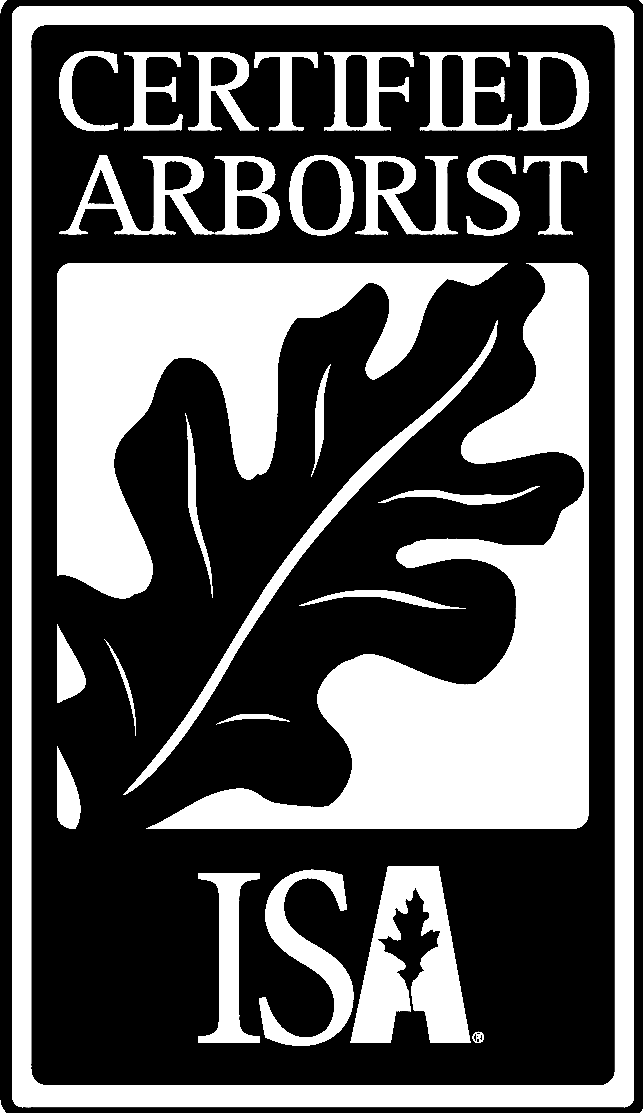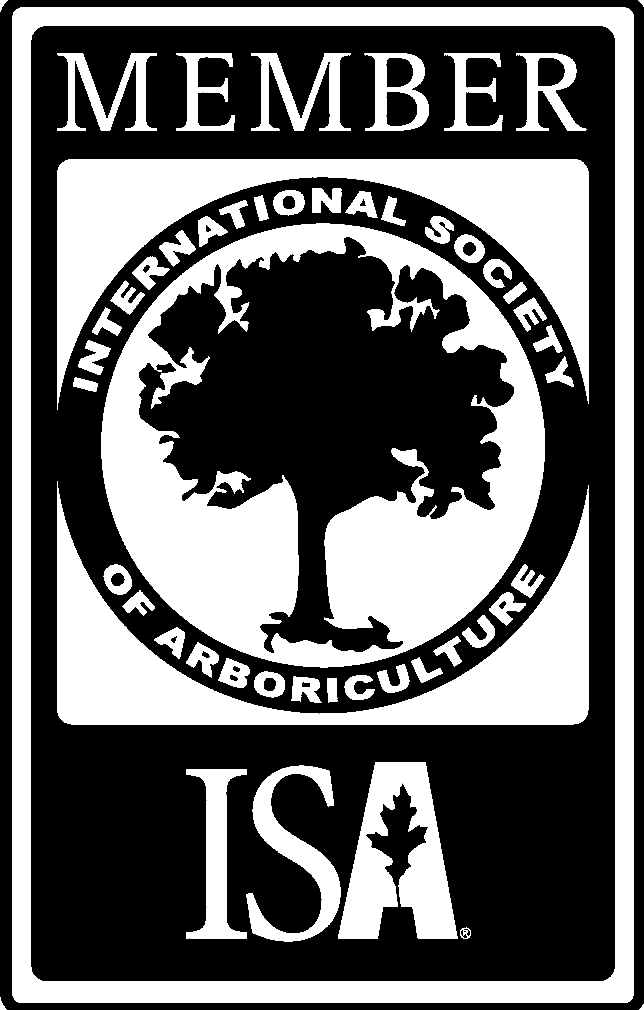The Importance of Tree Pruning
Pruning young or mature trees is more than hacking off branches. There is a science behind the art of tree pruning. Experienced Arborists will only take off what is required and predict future growth patterns to obtain maximum results with minimal damage to the tree.
Indiscriminate cutting of branches can do more harm than good, especially to your wallet and the tree itself. Improperly pruned trees are more expensive to maintain. They can develop die back, decay, weakly attached rapid shoot production and open your tree up to various pests and diseases. Over thinned and lion's tailed stems and branches can lead to epicormic growth along the trunk and limbs. With stored energy that has nowhere else to go, the remaining stem and branches will experience accelerated growth on the tips. This situation can become serious in high winds when branches are whipped around and become prone to failure. In contrast, properly pruned and maintained trees, are less likely to have branches and stems fail in heavy winds, pruning cycles are spaced out longer as the tree matures, they are faster to heal and are able to allocate more resources to pests and diseases defenses.
Often times the Arborist will be called in to fix, what was done in the past. This is very challenging. Once a part is cut off, it's gone there is no putting it back. An Arborist can only work with the condition of the tree that they were given. It is best to have an ISA Certified Arborist well versed in the current standards of structural tree maintenance to come in and begin work on the tree in its early stages of growth. They can identify weak points and growth patterns that will lead to hazards as the tree matures. This is easily corrected while the tree is young and vigorous.
Large or mature trees with poor structures may have to have tree support systems placed in the canopy, accompanied with regular pruning to reduce the potential of failure if defects are found. Support systems (bolting and cabling) if installed properly can prolong the life of a tree in the landscape, but do not guarantee that the tree will not fail.
Not only is proper pruning practices critical, but timing can be an issue as well. Depending on what species is being worked on. Often times it is advisable to prune fruit trees during their dormant periods. This is done to avoid exposure of fresh cuts to diseases which are prevalent during the growing season. Maydays and Schubert Choke trees should be pruned during dormancy as well. It is easier to spot black knots. Elm trees can only be pruned between Oct 1- March 31 due to local bylaws to prevent the introduction of Dutch Elm Disease. Maples and Birch should be pruned while in full leaf to avoid "bleeding" and so on.
If you are thinking about having your trees worked on. Consider Just Trees Canada Inc. We have ample experience caring for trees from the early stages to maturity. At Just Trees Canada Inc. We practice Arboriculture and take great pride in the work we do.





